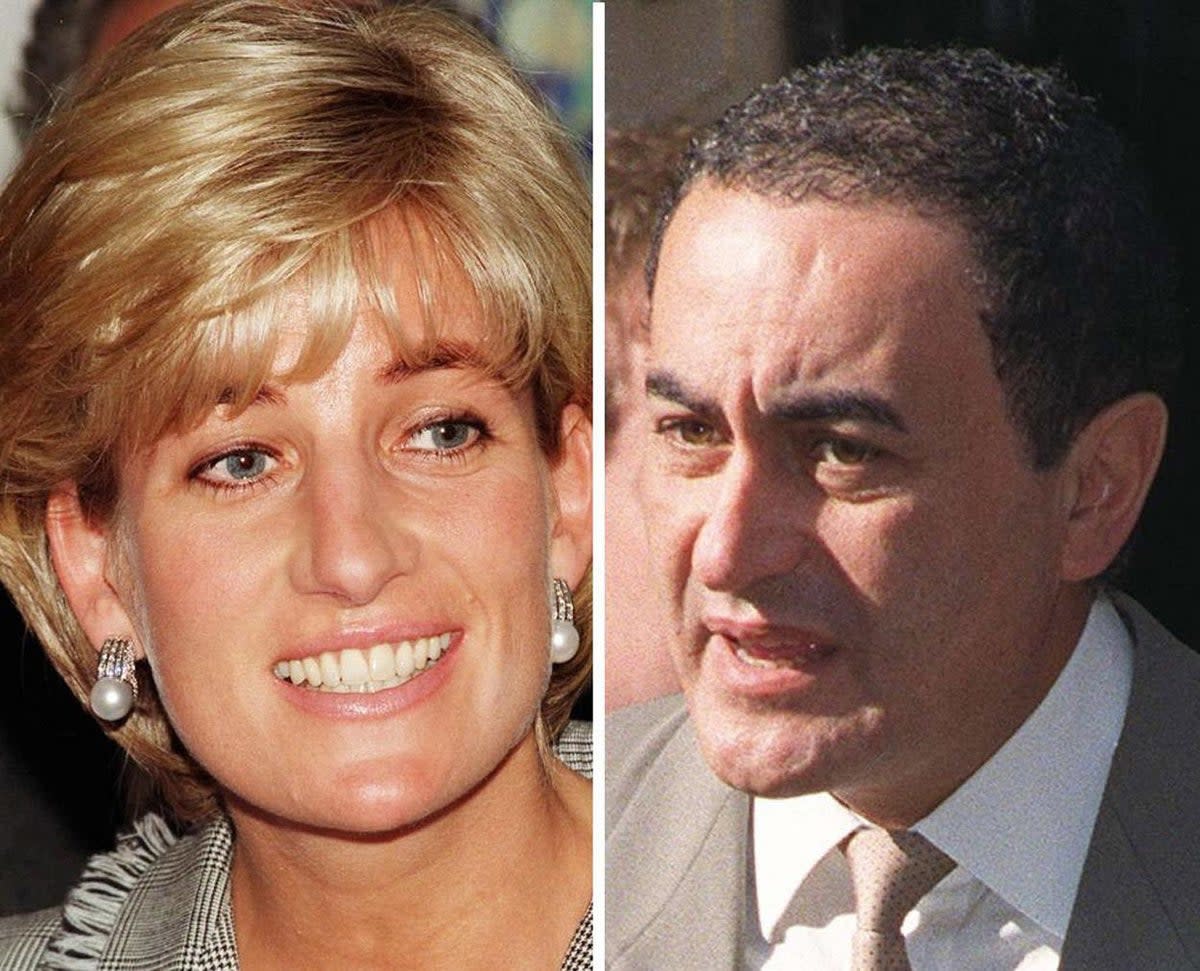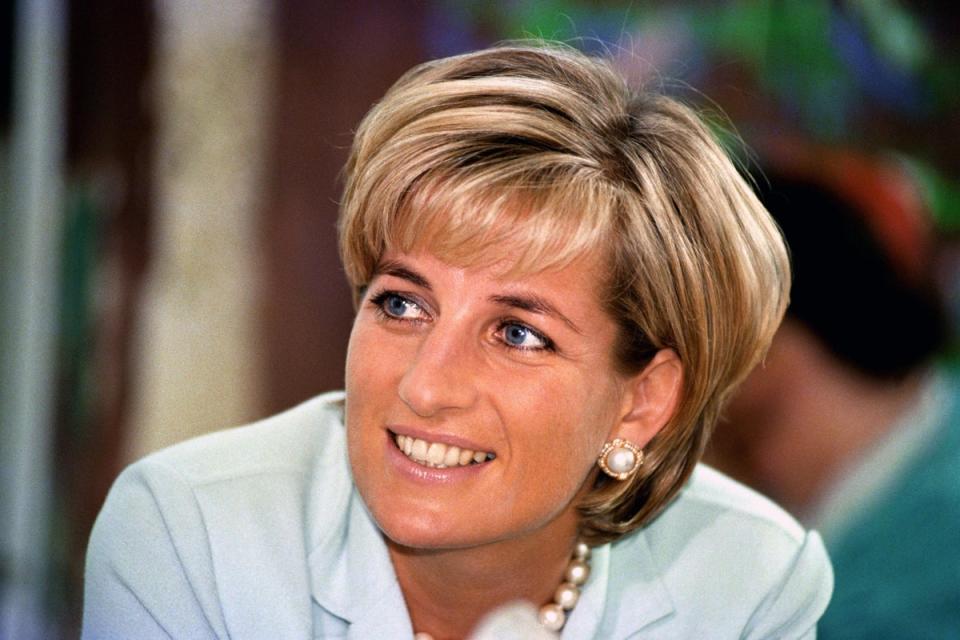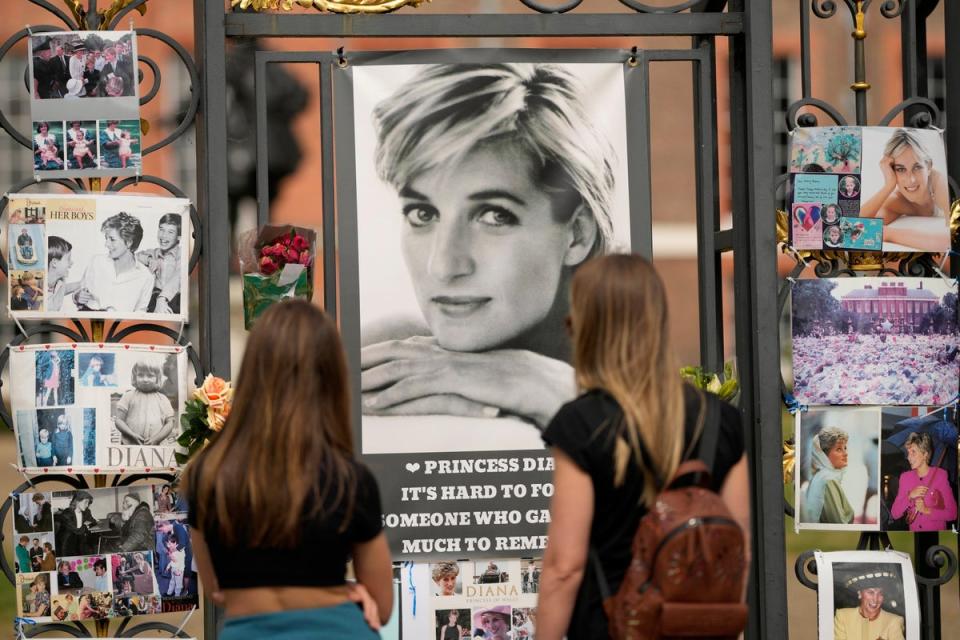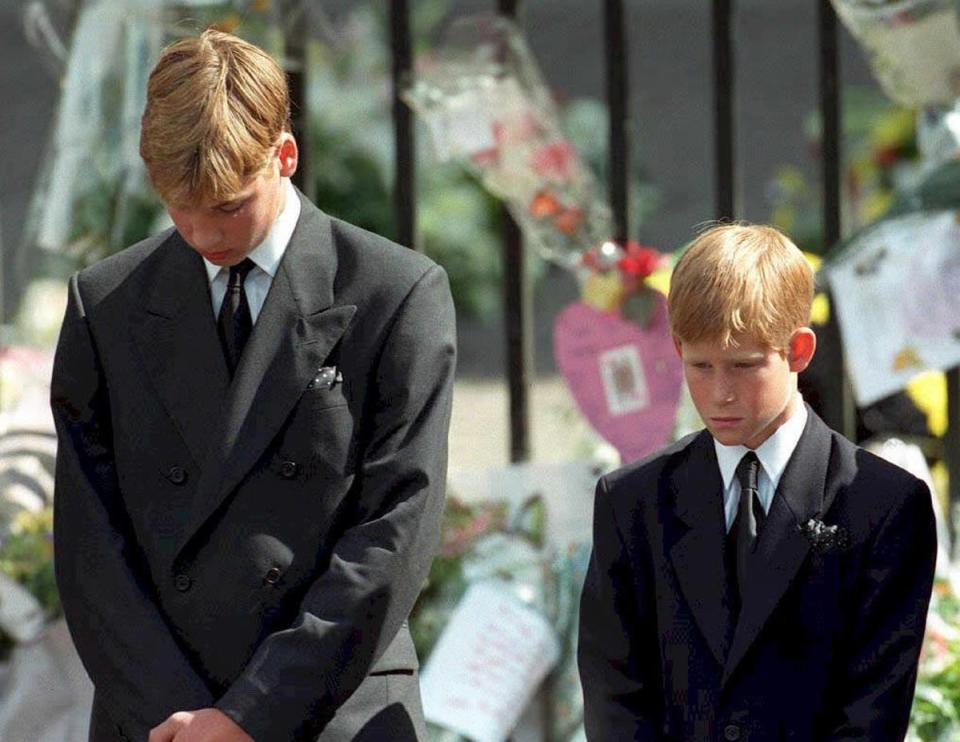What happened on the night of Princess Diana’s death?

- Oops!Something went wrong.Please try again later.
- Oops!Something went wrong.Please try again later.
- Oops!Something went wrong.Please try again later.
- Oops!Something went wrong.Please try again later.
The sixth and final series of Netflix’s prestige drama series The Crown, chronicling the life and times of the British Royal Family from the coronation of Queen Elizabeth II to the present day, will begin airing in two instalments from 16 November.
One of the events due to be recreated in the show’s last episodes will be the tragic death of Princess Diana in a car crash in Paris in the early hours of Sunday 31 August 1997, which executive producer Suzanne Mackie promised an audience at the Edinburgh TV Festival in August would be handled with delicacy.
“The show might be big and noisy, but we’re not. We’re thoughtful people and we’re sensitive people,” she said. “There was a very, very careful, long, long, long conversation about how we do it – and I hope, you know, the audience will judge it in the end, but I think it’s been delicately, thoughtfully recreated.”
Long a figure of frenzied interest to Britain’s tabloid media for her beauty and the acrimonious nature of her divorce from the Prince of Wales, now King Charles III, Diana was just 36 when she, her boyfriend Dodi Fayed and their chauffeur Henri Paul were killed when their Mercedes-Benz, pursued by paparazzi, crashed in the Pont de l’Alma tunnel in the French capital 26 years ago.
The accident shocked the world and led to an almost unprecedented outpouring of public grief, but has since been made the subject of a number of lurid conspiracy theories.
Here is a brief overview of the established facts of the case.
Prior to the crash, Diana and Fayed – an Egyptian film producer and the son of prominent businessman Mohamed al-Fayed, who passed away in August this year – had spent nine days touring the Mediterranean in the latter’s private yacht Jonikal.
En route back to London after their holiday, the couple had flown out from Olbia Airport in Sardinia on Saturday 30 August and arrived at Le Bourget Airport in Paris, where they checked into the Hotel Ritz Paris, owned by Fayed’s father. From there, they intended to visit Al-Fayed at his nearby private apartment on the Rue Arsene Houssaye, near the Champs Elysees.
Before they could depart from the hotel, a pack of press photographers had already assembled outside on the Place Vendome, prompting a decoy vehicle to be dispatched in the hope of leading them astray. Many took the bait and set off in pursuit of the dummy car but others lingered, unconvinced by the stunt and determined to secure a lucrative picture of the couple they could sell to the newspapers.

Paul, the Ritz’s deputy head of security, had meanwhile been assigned to lead the couple out of the hotel’s rear exit and drive them to the apartment in an armoured Mercedes S 280 Sedan.
They set out, along with bodyguard Trevor Rees-Jones, at approximately 0.20am along the Rue Cambon, with Paul and Rees-Jones sitting in the front and Diana and Dodi in the rear. None of the four wore seatbelts.
The Mercedes crossed the Place de la Concorde, then proceeded along the Cours la Reine and Cours Albert 1er – the embankment road along the right bank of the Seine – before entering the Place de l’Alma underpass.
The car was reportedly “swamped” by paparazzi as it entered the tunnel, according to eyewitnesses, with Paul driving at 65mph, more than twice the 30mph speed limit in operation on the road in question, as he attempted to evade the pursuing press pack.
At 0.23am, the driver lost control of the car, colliding with a white Fiat Uno and swerving into the left lane of the dual-carriageway before colliding with the tunnel’s 13th concrete support pillar.
Of the pursuing photographers, some attempted to come to the victims’ aid while others took ghoulish pictures of the wreckage. Police arrived at the scene at 0.30am, and ultimately, nine people would be arrested and charged with manslaughter over their part in the episode. However, a French judge would clear them of any wrongdoing in 1999, as would a Scotland Yard inquiry in 2006.
Both Henri Paul and Dodi Fayed were found dead at the scene. The driver’s blood alcohol level would later prove to be around 3.5 times higher than the legal limit and he would ultimately receive much of the blame for what had occurred.
Trevor Rees-Jones was still conscious but was found to have sustained multiple serious facial injuries and a head contusion. He would be the only survivor but was left with no memory of what had taken place.

As for the princess, she appeared at first glance to be uninjured and was still conscious but evidently in a state of extreme shock, according to Frederic Mailliez, an off-duty doctor who happened to be one of the first on the scene and who would later recall the experience in the Channel 4 documentary Diana: The Witnesses in the Tunnel (2007).
Paramedics sedated Diana and removed her from the car, nursed her through a cardiac arrest and took her to the Pitie-Salpetriere Hospital, where she arrived at 2.06am. Here, it was discovered that her heart had been displaced by the impact of the collision and shunted to the right side of her chest, which had torn its upper left pulmonary vein and pericardium. She died at 3am and the news was announced to the world’s media at a press conference three hours later by anaesthetist Bruno Riou.
Charles, Diana’s former husband, arrived at the hospital at 5pm that day in the company of her grief-stricken sisters, Lady Sarah McCorquodale and Lady Jane Fellowes, and French president Jacques Chirac. Charles would accompany her coffin home to RAF Northolt later that day, after which it was taken on to Hammersmith and Fulham mortuary in west London for a post-mortem examination.

The national mourning that followed has been well documented but was truly one of the most astonishing moments in recent British history. Mourners queued for hours to lay flowers for the “People’s Princess” in Kensington Gardens and at the gates of Buckingham Palace and to sign their names in books of condolence around the country.
Some expressed anger at the Queen’s apparent failure to acknowledge the public mood but it later transpired that Her Majesty had preferred to stay at Balmoral Castle in order to shield Princes William and Harry, still just boys of 15 and 12, believing that their emotional well-being should be her priority as they struggled to comprehend the loss of their doting mother.
Diana’s funeral at Westminster Abbey on Saturday 6 September saw an estimated 3 million mourners take to the streets of London while a further 31.5 million watched the service on television at home. The global TV audience was 2.5 billion, almost a third of the entire world’s population, with the solemn ceremony translated into 44 languages. Sir Elton John’s performance of his 1973 song “Candle in the Wind”, repurposed in honour of his late friend, whom he called “England’s rose”, would be released as a charity single and sell 33 million copies.
As an adult, Prince Harry has spoken of the toll the tragedy took on him, reflecting in his recent memoir Spare (2023) on his need to see the Pont de l’Alma tunnel for himself and rebuking the press in May this year after he and his wife Meghan Markle were themselves caught up in a “near-catastrophic” car chase in New York City involving “highly aggressive” paparazzi, suggesting they had only narrowly avoided seeing history repeat itself.

